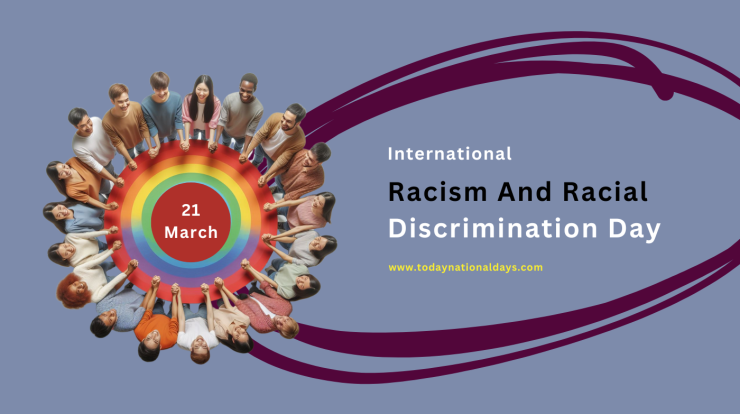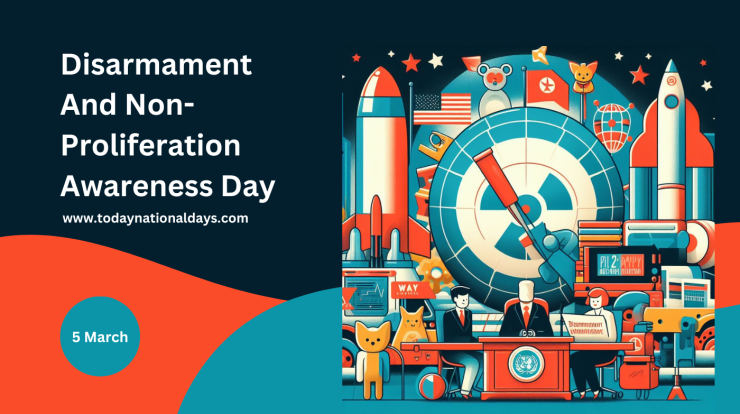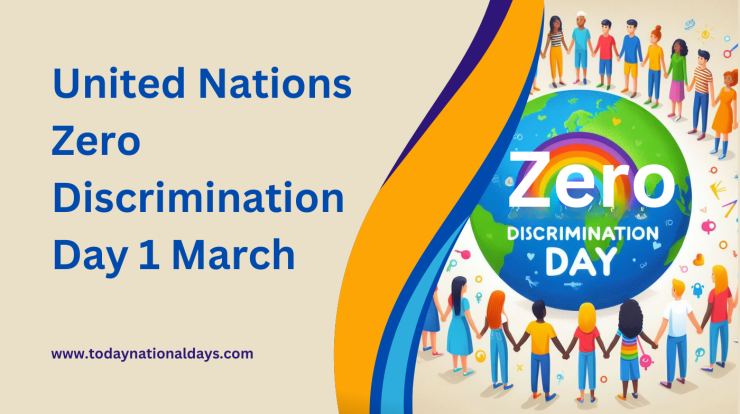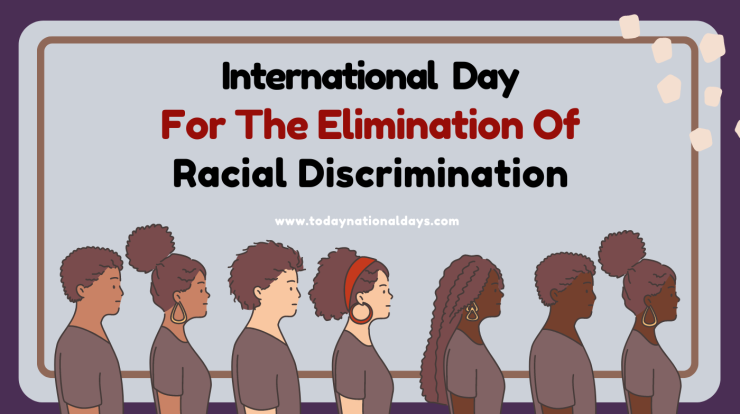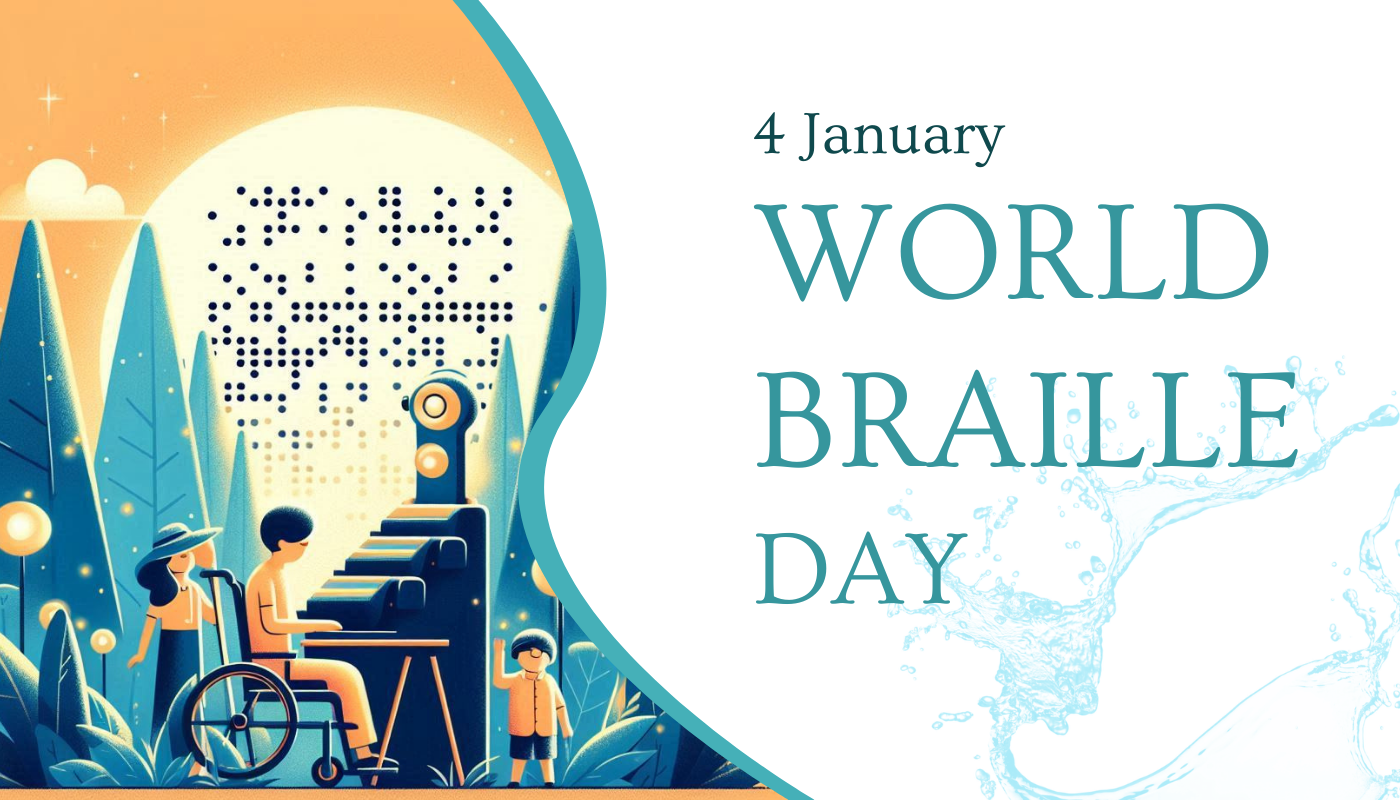
On 4 January World Braille Day, celebrated annually, highlights the significance of accessibility and independence for individuals who are blind or visually impaired.
This day is dedicated to raising awareness about Braille’s significance in empowering these communities to participate in society and exercise their human rights entirely.
While not recognized as a public holiday anywhere, World Braille Day serves as a platform for educators, charities, and non-governmental organizations to raise awareness of the challenges encountered by blind people.
It emphasizes the necessity of producing materials in Braille, ensuring blind people have equal access to education and learning opportunities as their sighted counterparts.
What Is World Braille Day?
Every January 4th, we honor World Braille Day, coinciding with Louis Braille’s birthday. Born in France in 1809, Louis became blind due to a childhood accident but adapted remarkably.
At 15, he developed a reading and writing system based on Charles Barbier’s night writing, today known as Braille. As it evolved, braille became more accessible and is now utilized worldwide.
What is Braille?
Braille is a system of raised dots arranged in patterns representing letters, numbers, and even musical, mathematical, and scientific symbols.
It’s a crucial tool for individuals who are blind or partially sighted, allowing them to access the same information found in printed materials.
Named after its creator, Louis Braille, in 19th century France, Braille enables people with visual impairments to read books, newspapers, and magazines.
Its importance extends beyond mere reading—it’s fundamental for education, fostering freedom of expression, and promoting social inclusion. Article 2 of the Convention on the Rights of Persons with Disabilities underscores this significance.
How To Observe World Braille Day
Around the globe, organizations hold events to raise awareness about braille and other accessible communication methods. To join in:
- Take notice of braille on ATMs, elevators, calculators, signs, and other items.
- Dive into Louis Braille’s story and Braille’s evolution.
- Explore the lives of renowned individuals who are blind or visually impaired, like Helen Keller, Ray Charles, Stevie Wonder, and Andrea Bocelli.
- If you know someone blind, inquire how braille has positively impacted their life.
- Share your own experiences. You can inspire others with your story.
History Of World Braille Day
Back in 2009, the World Blind Union and its allies marked the 200th birthday of Louis Braille, which eventually led to the inception of World Braille Day.
Fast-forward to 2018. The UN General Assembly recognized January 4th as World Braille Day, honoring Louis Braille’s birthdate. The UN officially observed the inaugural World Braille Day in 2019.
Louis Braille
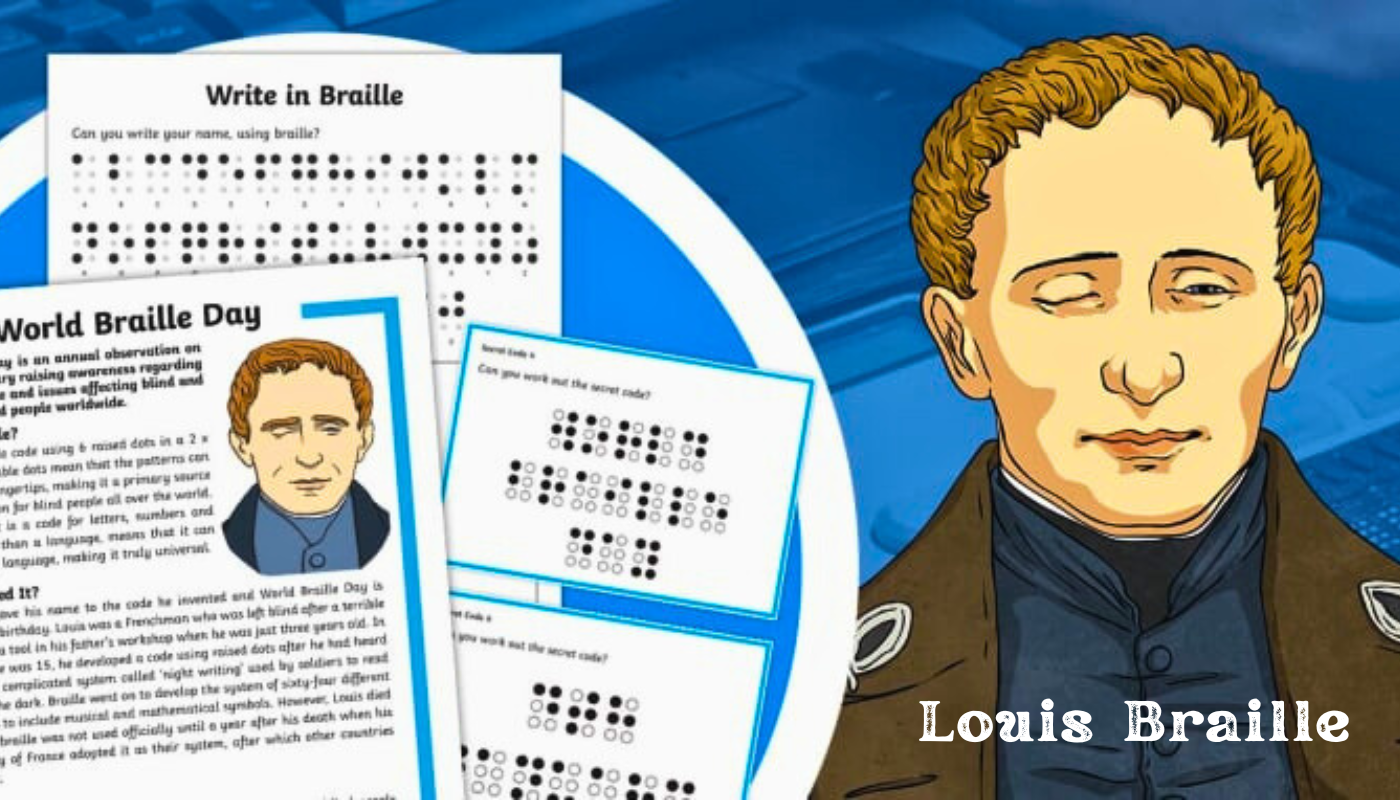
In France, Louis Braille, born on January 4, 1809, lost his sight at age three due to an accident. He later attended the National Institute for Blind Children in Paris, where his interest in music and encounter with Captain Charles Barbieri, who introduced Night Writing, influenced him.
Combining music and Barbieri’s code, Braille developed a six-dot fingertip reading system at 15. He passed away in 1852 before France adopted the braille curriculum in 1854. By 1916, schools in the US began teaching braille to blind students.
#WorldBrailleDay
Currently, approximately 36 million individuals globally are blind. Projections suggest this number could escalate to 115 million by 2050. Blindness or severe vision impairments present numerous hurdles in daily life. Challenges include maneuvering through unfamiliar spaces, utilizing computers, managing finances, and organizing clothing.
Braille Certification
We provide courses in literary, mathematics, and music Braille transcribing under a contract with the National Library Service for the Blind and Print Disabled. These courses teach students how to transcribe print materials into Braille or proofread transcribed Braille materials.
Students receive a certificate in their chosen discipline upon completion. To register for our Braille certification training program, visit the Braille Certification webpage or call us at 410-659-8913, extension 2510.
Learning Braille At Any Age
Braille brings independence, confidence, and flexibility to the lives of blind individuals. We offer resources to support blind people at every stage of their Braille journey, from learning to practicing to implementation. Age is no barrier—young or old, it’s never too late to learn Braille.
Jamie Crane, a blind parent, embarked on her Braille journey in her thirties, initially uncertain about its usefulness. Participating in the Braille Readers Are Leaders Contest, sponsored by the American Action Fund for Blind Children and Adults in partnership with the National Federation of Blind, changed her perspective.
This contest promotes the joy of reading to enhance Braille literacy skills. Discover Jamie’s inspiring Braille journey in our blog, “All Braille Readers Are Leaders: A Blind Parent’s Journey.
215 Ways Braille is Useful
In honor of Louis Braille’s 215th birthday, we’ve compiled 215 ways Braille proves invaluable:
1. Reading
2. Writing
3. Drawing
4. Tactile QR codes
5. Learning to spell
6. Learning math
7. Building confidence
8. Enjoying read-along sessions with kids
9. Playing Monopoly and other board games
10. Playing UNO
How To Celebrate World Braille Day
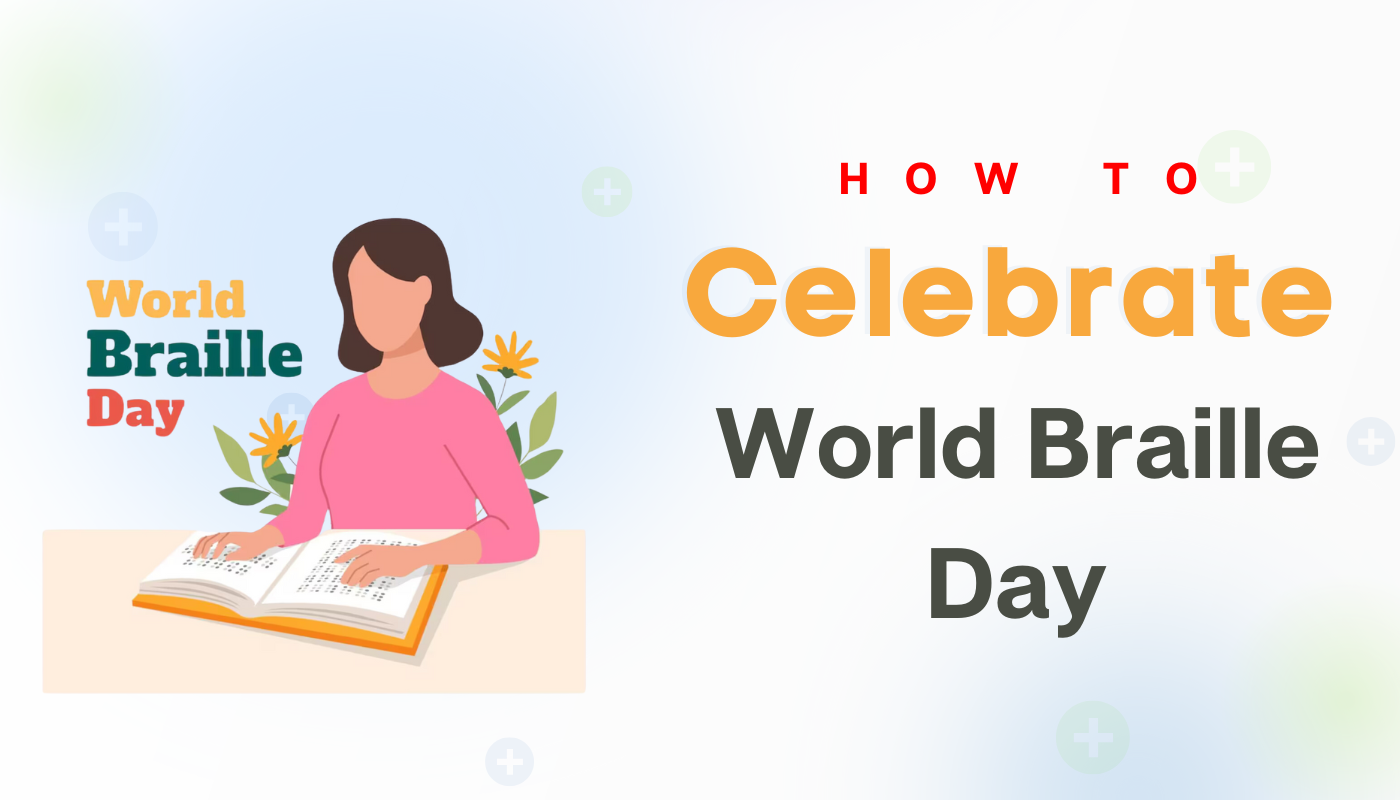
Braille books, vital for blind people, are often restricted to the country they’re produced due to strict international copyright laws. This limitation means many blind individuals can only access books produced domestically.
Sadly, less than 5% of published materials are available in accessible formats, hindering education for over 90% of blind children in developing nations due to a lack of teaching materials. The Marrakesh Treaty, finalized in June 2013, aims to change this by allowing copyright exceptions for accessible formats. Implementing the treaty would enable blindness organisations to share resources globally, ensuring access to essential texts.
Wealthier countries’ schools for blind students could provide books to those in need, bridging the accessibility gap.
For instance, Spain’s ONCE could share its braille library with Spanish-speaking countries in South America, reducing duplication costs. However, the global impact depends on the widespread adoption of the treaty.
This World Braille Day, honor Louis Braille’s legacy and support millions of visually impaired individuals by urging your government representatives to ratify the Marrakesh Treaty.
Information About 4 January World Braille Day
World Braille Day, observed globally on January 4th, highlights Braille’s crucial role in ensuring communication rights for the blind and visually impaired.
It raises awareness about empowering these communities to engage in society and exercise their human rights entirely. While not a public holiday, the day is a platform for educators and organizations to address the blind’s challenges.
It emphasizes the ongoing need for Braille materials to provide equal access to education and learning opportunities.
What Is Interesting About World Braille Day?
World Braille Day underscores the significance of accessibility and independence for individuals who are blind or visually impaired. However, it’s common for establishments like restaurants, banks, and hospitals to need braille versions of essential print materials such as menus, statements, and bills.
What Is The Purpose Of Braille?
Braille is a tactile reading and writing system designed for individuals who are blind or visually impaired. It consists of raised dots that can be interpreted through touch. Grade 2 braille, the most common form, incorporates the alphabet, abbreviations, and contractions.
Is Braille A Language?
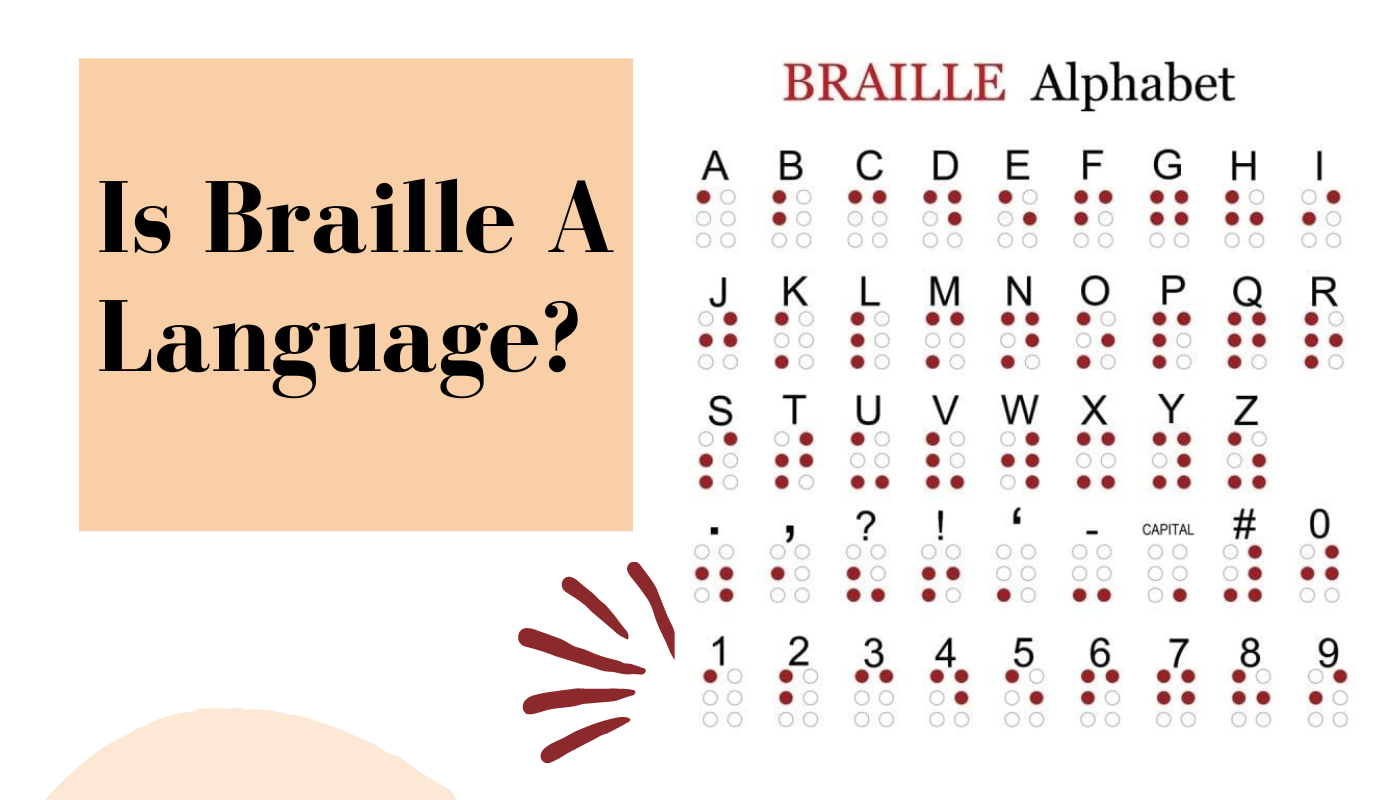
Braille isn’t a language itself; instead, it’s a tactile alphabet adaptable to various languages. Braille versions exist for Chinese, Spanish, Arabic, Hebrew, and others.
What Is Braille In Education?
Braille, a distinctive tactile writing system composed of raised dots, allows blind and partially sighted individuals to read through touch. Mastering braille grants people with vision loss equal access to written content, enabling them to enjoy the pleasures of reading throughout their lives.
How Popular Is Braille?
Less than 10% of the 1.3 million legally blind individuals in the United States are proficient in reading Braille.
Why Choose Braille Over Another Accessible Format?
Braille is frequently favored for reading specific documents, offering unique benefits. For instance, having a braille menu enables individuals to engage in conversations while independently exploring food choices.
Similarly, braille bank statements provide convenience by allowing for easy review and re-reading in case of discrepancies, a feature not always available in other accessible formats. While preferences vary, braille often emerges as the preferred choice for many individuals.
Why Is It Worth Celebrating?
World Braille Day emphasizes the crucial need for accessibility and independence for the blind and visually impaired.
Unfortunately, many establishments, such as restaurants, banks, and hospitals, don’t provide braille versions of essential materials such as menus and statements. This lack of accessibility can limit individuals’ freedom to choose meals independently or keep their finances private.
This day serves as a reminder to raise awareness about braille and other accessible communication methods. Everyone, regardless of ability, deserves equal accommodations and services. Let’s strive to make our workplaces more accessible for everyone.
Happy World Braille Day!
Join us in celebrating and raising awareness by providing your documents in accessible formats such as Braille!
Reaching Blind And Visually Impaired Persons
Persons with disabilities, who number one billion worldwide, face barriers to accessing healthcare, education, and employment, making them among the most marginalized in communities, especially during crises.
The visually impaired, particularly affected during lockdowns, encounter challenges in independence and communication, highlighting the need for accessible information, including in Braille and audio formats, to mitigate COVID-19 risks.
Initiatives by various UN agencies, such as the UNDP in Malawi, which produced 4,050 Braille materials on COVID-19 awareness, and UNICEF’s guidance notes in multiple accessible formats, demonstrate efforts towards inclusion.
World Braille Day, established in 2019, underscores the importance of Braille in realizing the human rights of blind and visually impaired individuals.
Conclusion: Share Braille Day
We’re thrilled to commemorate World Braille Day with the URL www.Braille.day, leading you to this page. We’ve listed 215 ways Braille enhances daily life. Did we overlook any?
Your support in promoting Braille is vital to our mission. Please consider contributing to help us provide more Braille materials to blind individuals. Together, we turn dreams into reality.
Join us in spreading the word by sharing this URL on your social media platforms.
FAQs About 4 January World Braille Day
1. What Are The Different Grades Of Braille?
There are three primary grades of braille: Grade 1, Grade 2, and Grade 3. Grade 1 is primary and includes letters, numbers, and punctuation. Grade 2 contains contractions; Grade 3 is shorthand used in personal notes
2. What Is Unified English Braille (UEB)?
UEB is a standard for English braille adopted in January 2016 to replace the previous system. It ensures consistency in braille usage across English-speaking countries.
3. Are There Different Versions Of Braille For Specific Subjects?
There are specialized braille versions for subjects like math, science, and music. For example, Nemeth’s code is used for math and science, while sheet music has its braille representation.
4. Why Is World Braille Day Celebrated?
World Braille Day is celebrated to recognize the impact of braille on human rights for people with blindness. The United Nations General Assembly declared it an international day in late 2018.

